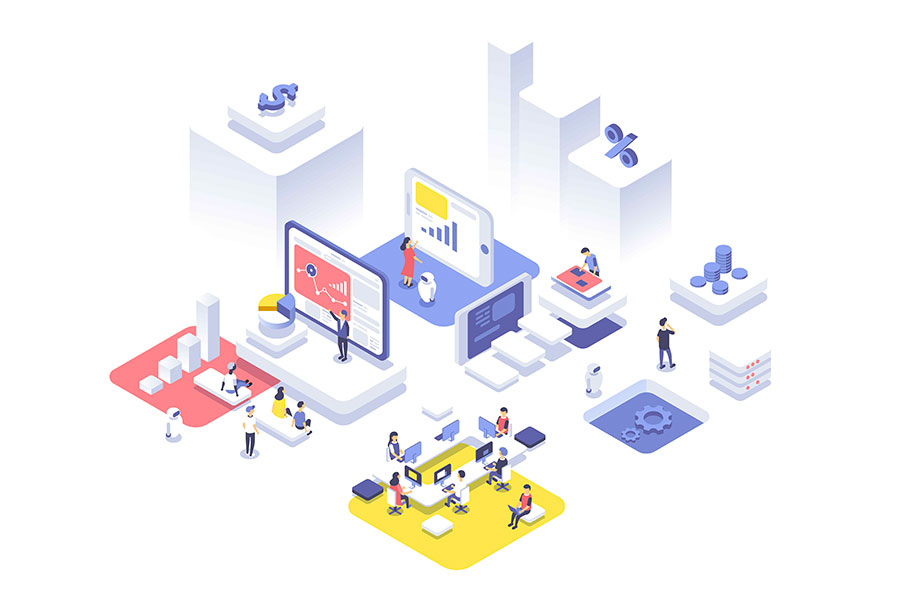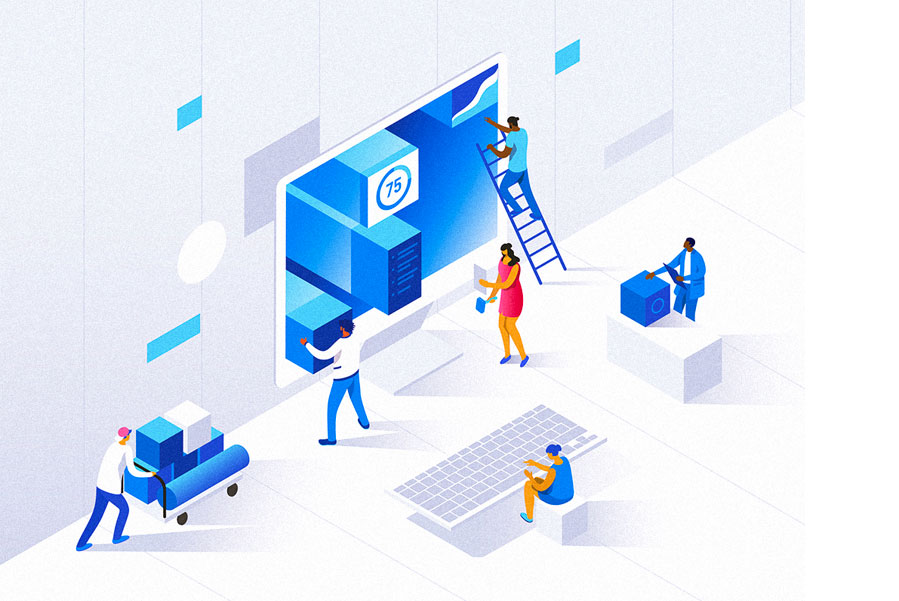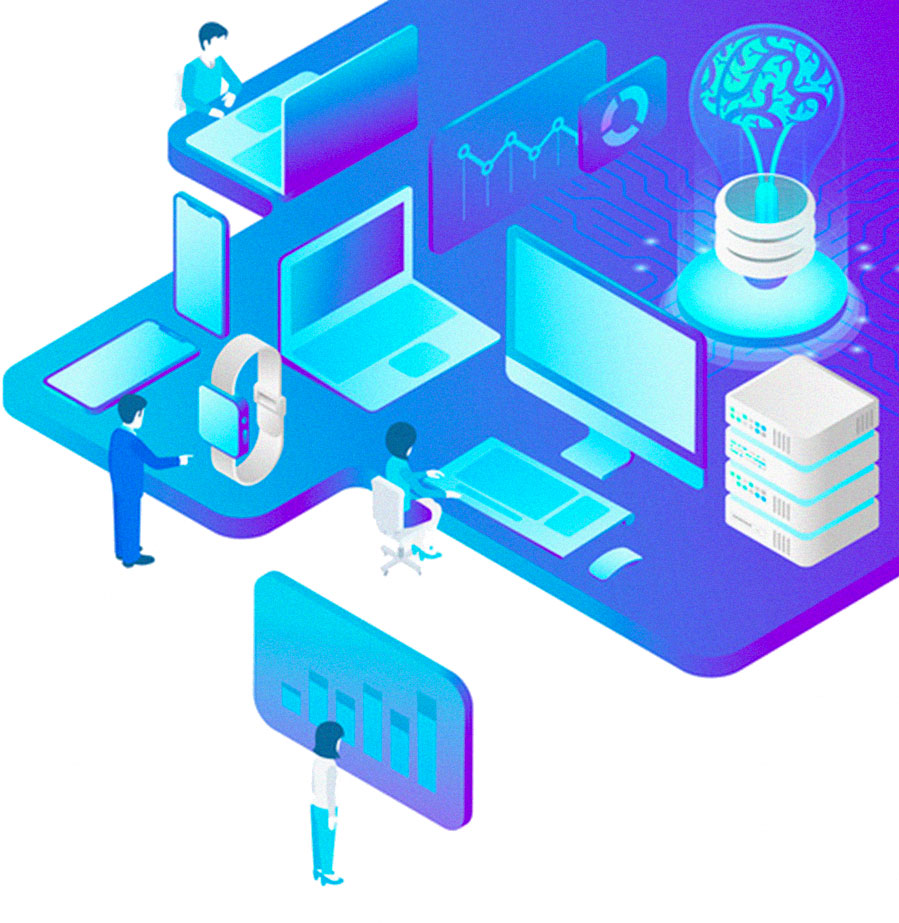Traditional Accounting vs. Modern Finance
Finance teams today are undergoing a shift from traditional accounting practices to more modern methods. And as technology plays a bigger role in business, executives have new expectations of their accounting departments.
Real-time Information
- Today’s executives want instant access to the information they need to make strategic decisions quickly and efficiently.
Mobile Workforce
- In a world dominated by smartphones, being tied to the office to do work is a thing of the past.
High-value Tasks
- Many finance teams are trying to refocus on high-value tasks like data analysis instead of time-consuming repetitive tasks like data entry.
Predictive Analytics
- Today’s accounting teams are helping executives understand what will happen by identifying trends and conducting modeling and what if analysis.
Technology is behind many of these changes. As products become available to automate and streamline processes, accounting teams are able to exceed the expectations of the past and are looking for new ways to contribute to the success of their businesses.
The Top Technology Trends in Accounting & Finance
Technology trends in the accounting industry are closely tied to trends in our personal lives. As we become more mobile-focused, are able to complete tasks online without paper, and have instant access to information through the applications we use at home, we begin to expect the same things from the applications we use at work.
Accounting software products are also becoming more and more specialized. While there are solutions built to cover the needs of the entire department, products that focus on one step of the process are also available, like software for accounts payable and accounts receivable automation.
Below are the technologies impacting the industry the most and becoming crucial components of modern finance departments.
Cloud Software
As consumers, our lives revolve around the cloud. We all access cloud apps on our phones, from Instagram to Gmail. Cloud accounting solutions satisfy our need for 24/7 access. They allow accounting teams to manage a business’ financials anytime, anywhere, on any device. And all employees have access to the same information at the same time.
Cloud software has additional benefits for businesses. It eliminates the need to purchase and maintain costly hardware (like office servers). And upgrades can be rolled out automatically by the software provider with no downtime or interruption to your business. Cloud software providers also offer extensive security measures, disaster recovery, and continuous backups.
Accounts Receivable (AR) Automation
AR automation software helps speed up the invoice to cash process and provides a better customer experience. Instead of sending endless payment reminders, you can use AR automation software to track and confirm invoice deliveries and views. Many AR solutions include a customer portal where customers can view invoices and supplementary documents and make payments.
With AR automation software, all AR communication is handled in one place, so it’s easy to track activities, manage customer conversations and disputes, and answer questions. Most AR software has tools for payment collection so matching payments to invoices is quicker and easier. With all AR data in one place, you can track receivables across the company, including receivables aging, DSO, and delinquent accounts.
AR automation software reduces much of the back and forth associated with the AR process, providing a better experience for your customers as well as your AR clerks and allowing you to get paid faster.

Accounts Payable (AP) Automation
AP automation software makes it easier to track vendor invoices and approvals so you don’t fall behind on payments. Instead of routing paper invoices for approval, AP automation software allows you to handle everything electronically so you can easily track approvals and never have to worry about lost invoices. Payments can also be managed electronically.
AP automation software can reduce errors and make data entry faster by extracting information from scanned invoices, like the vendor name, address, and payment amount, and entering that information in the software. And the scanned invoices are permanently stored as electronic files, reducing paper and making it easier to find documents in the future.
With everything tracked in one place, you can avoid incorrect or duplicate payments. And it’s easy to track important information like outstanding payments by vendor or recent expenses by product.

Expense Automation
Expense management software makes it easier for employees to submit expenses and for managers to review and approve them. Instead of manually filling out an expense report, employees can enter information directly into the expense management software whether they’re in the office or on the road. And the reports can be routed electronically for approval.
Most expense solutions allow employees to take photos of receipts so they don’t have to worry about keeping track of them. Company spending policies can be built into the expense software to increase compliance, like requiring a receipt to submit an out-of-pocket expense that is more than $50.
With expense software, you can track expenses throughout the month so there are no surprises. And if an employee or approver is lagging behind, you can send them notifications. Most expense management software can be linked with your accounting or ERP software so expenses can be automatically imported into that system. With all expense data in one place, you can analyze expenses by category, department, or employee.
Month-End Close Management Software
Close management software is helping accounting teams reduce the number of days it takes to close the books. Instead of holding endless status meetings or trying to track progress in spreadsheets, close management software gives you insight into task assignments, progress, and deadlines. By setting up checklists and workflows in the software, you can standardize the way your team handles the close.
Reconciliations are a time-consuming part of month-end close. Exporting data from your accounting system or manually entering it in Excel can take hours and is prone to errors. Close management software automatically passes information between your accounting system and Excel workbooks so you can automatically tie out your reconciliation workbooks to your trial balance.
Close management software keeps track of everything related to the close, from documents to approvals to notes, so you never have to go digging through paper files or your inbox to track down the information you need. With comment functionality, your team can have conversations in the system (where they can be associated with tasks or transactions) instead of over email. And it’s easy to go back and find supporting documents or notes months later if you need to.
Business Intelligence Tools
Business intelligence is a buzzword that really means bringing all the data across your business together in one place so you can analyze it and collect useful information. When it’s easy and quick to compile this information, you’re better equipped to make strategic decisions and plan for the future.
Many software products, including accounting systems, offer built-in business intelligence tools like reporting and dashboard capabilities so it’s easy to collect and analyze data. These tools are specifically designed to show traditional financial statements, like an income statement or a balance sheet, alongside other metrics to provide a comprehensive view of the business.
Other business intelligence products specialize in collecting data from separate systems so it can be viewed together. These products also offer reporting and dashboarding capabilities and often incorporate artificial intelligence and machine learning to help businesses identify trends or ask new questions.

Powerful Integrations
Many of the products listed above are focused on one part of the accounting process. But it doesn’t make sense to have such specialized tools if they don’t work together. Instead, these products need to share information seamlessly and act as part of a larger software system that serves the entire accounting department.
Integration capabilities like a cloud platform and public APIs are now a critical feature of financial solutions. These capabilities have transformed the way systems communicate and make it possible to build a cohesive system using multiple software products from different vendors. Without powerful integration tools, businesses can’t take advantage of all the solutions available to support the different parts of the accounting process.
Artificial Intelligence & Machine Learning
All the ways artificial intelligence and machine learning can contribute to the finance industry may not be clear right now, but these tools are already in use today helping accounting teams spot anomalies and identify trends.
Many products have alerts or notifications prompted by this technology. For example, if you’ve let an approval sit for too many days, the software will recognize this and may put it back at the top of your inbox with a reminder. You may get an alert if there is an unexpected spike in expenses or revenue. Or you may get a popup on a reporting screen asking if you’d also like a report on a category you hadn’t considered before.
It’s not likely AI and ML will replace accountants, but this technology can help accounting teams keep their attention on high-value tasks and identify the exceptions that need their attention.
To Sum It Up
Accounting teams are looking for solutions that provide the same level of convenience as the apps they use at home. For accounting software, there has been a shift toward cloud products and best-in-class tools that focus on a specific process. Business intelligence and integration capabilities are becoming more and more important, and software developers are exploring the potential for artificial intelligence and machine learning in financial solutions.
As accounting teams take advantage of this technology, they are moving away from traditional accounting practices, like paper processes, historical analytics, and data entry. Today’s accounting teams are using technology to contribute to their businesses in new ways by offering real-time information and insight into the future.
Put Technology to Work for You
For more than 30 years, Cargas has helped accounting departments take their teams to the next level using technology. If you’re ready to learn more about how technology can impact you, let’s connect. We’d love to learn more about your goals and pair you with the solutions that can help you reach them.